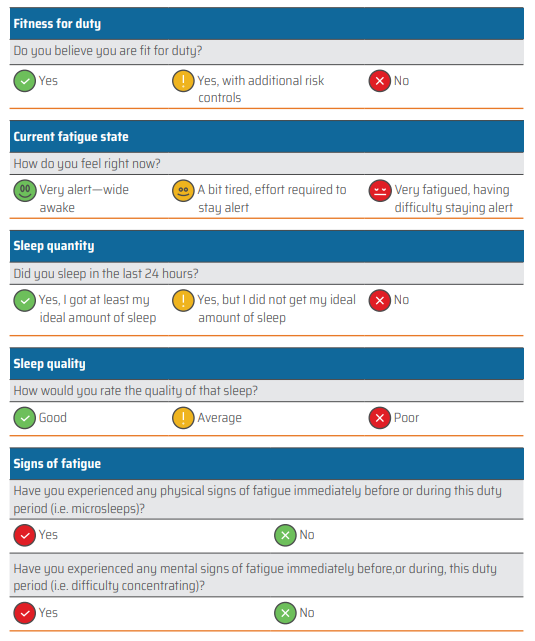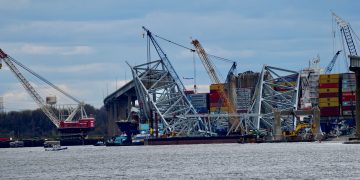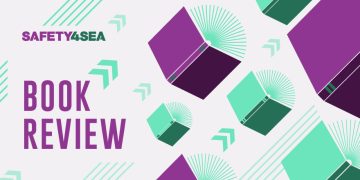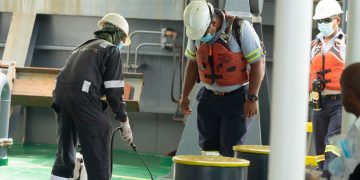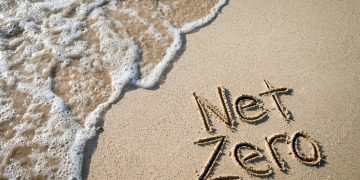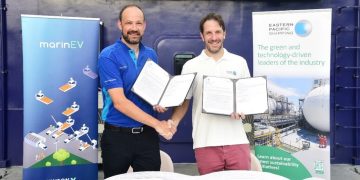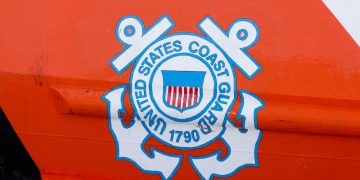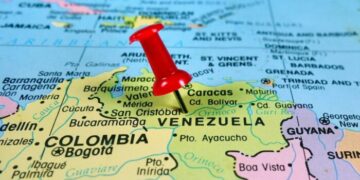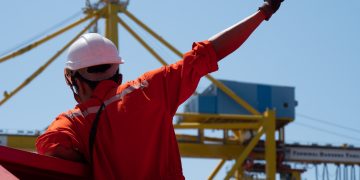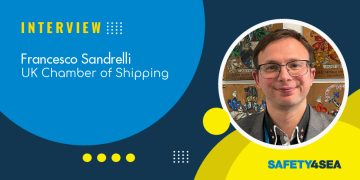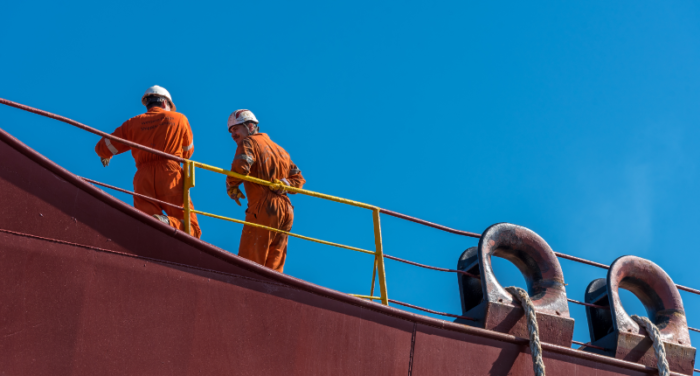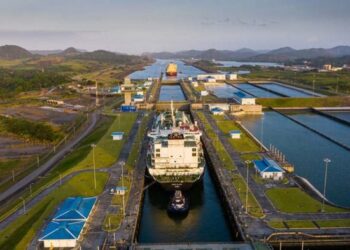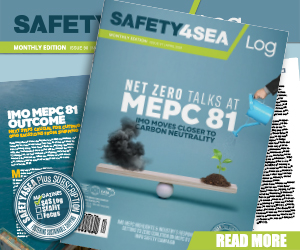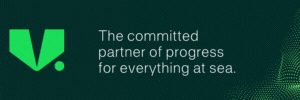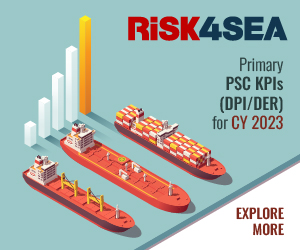Fatigue has been a much discussed issue linked to the nature of seafaring, which can have serious consequences not only for the safety and health of seafarers, but even operational safety and the marine environment. In this regard, AMSA issued guidelines to address fatigue for Australian and foreign flagged vessels.
The new guidelines are based on the IMO Guidelines on Fatigue (MSC.1/Circ. 1598.) and they seek to provide information on the causes, the consequences and the risks it poses.
As such, they will assist all stakeholders to better understand their roles and responsibilities in managing the risk of fatigue.
Fatigue can affect all areas of ship and shore-based operations. Just meeting the requirements of the hours of work and rest (under the STCW Convention) is not enough to manage the risk of fatigue– these guidelines will help determine the other factors that can contribute to fatigue,
…AMSA said.
Why is fatigue an issue for seafarers?
The demanding nature of shipping means that:
- seafarers may be required to work long and irregular hours
- seafarers may work and live away from home for weeks or months at a time, on a vessel subject to unpredictable and changing weather conditions
- while they are serving on board, the vessel is both a seafarer’s workplace and their home, so there may not be a clear separation between work and recreation. This can affect mental and emotional wellbeing.
Probable causes
-Lack of sleep:
- staying awake for long periods
- inadequate sleep opportunities
- poor quality sleep and rest
- fatigue accumulates when you do not get enough sleep and you do not make up for this loss of sleep.
People need between 7-9 hours sleep per night, any less than this is a compromise.
-Work and job design:
- long work day
- mentally or physically demanding tasks (prolonged mental and/or physical exertion)
- unpredictable work schedules
- time of day in which work takes place, particularly at night—humans are biologically programmed to be active during the day and sleep at night
- few or no rest breaks
- boring, repetitive work.
-Environment
- weather (cold, hot or humid)
- vessel design (light levels, vibration, location of sleeping and accommodation areas)
- vessel motion
- noise
- operational factors such as time pressures, constant interruptions, high level of responsibility.
-Individual attributes, lifestyle and home
- health and wellbeing (age, diet, fitness, illness)
- stress
- medication and substance use (alcohol, supplements, caffeine)
- commuting to and from home
- time with family and friends.
Company support for managing the risks of fatigue
While it is not possible for the company to regulate and oversee the sleeping habits of every seafarer on every vessel, it is within its capability to mitigate the risks of fatigue through vessel design, operational and crewing policies.
The company should consider the following:
- ISM Code requirements for clear, concise guidance on operational procedures on board.
- Ensure adequate resources, including crewing levels.
- Promote a safety reporting culture— with open communication and no fear of reprisal.
- Ensure joining seafarers are adequately rested before assuming duties.
- Schedule time for proper handover on crew change.
- Voyage length, time in port, length of service and leave ratios.
- Multicultural issues—language barriers, and social, cultural and religious isolation.
- Interpersonal relationships, stress, loneliness, boredom, social deprivation and increased workload because of small numbers of crew.
- Provide shore leave and onboard recreation, family communication.
- Watchkeeping arrangements.
- Rotate jobs, if practicable.
- Ensure adequate sleeping berths and accommodation.
- Ensure adequate quality and quantity of food for proper nutrition.
- Modification of present vessel design, or future designs, if necessary.
The company should provide adequate resources to balance work and task demands.
Duty schedule design principles
Planning duty schedules based on fatigue science and operational requirements allows for predictive identification of fatigue hazards.
The following research-based performance principles should underpin the design of duty schedules:
- Plan duty (work) schedules based on the actual hours worked.
- Develop a working-hours policy on daily duty hours and maximum average weekly hours. If possible, a work week should not exceed 70 hours.
- Minimise occasions in which seafarers work more than 12 hours in a duty period per 24 hours.
- Limit the use of overtime, especially unscheduled overtime. Avoid working arrangements that provide incentives to work excessive hours.
- Ensure that any period of extended work hours is compensated with a longer break before resuming the next duty period.
- Account for ‘covering’ contingencies caused by sea sickness or illnesses.
- Use forward rotation such as day-afternoon-night shift changes.
- Use fatigue assessment tools and/or fatigue prediction software to verify new duty schedules are within safe limits.
- When possible, eliminate the use of night time work for non-essential tasks or activities (i.e. between 0000–0600).
- When possible, schedule complex tasks for daytime (i.e. not between 0200–0600, or to a lesser degree, between 1500–1700).
- Avoid scheduling high-risk tasks on the first night of a night watch duty period. If unavoidable, when planning the task consider additional controls.
- Allow seafarers who work regular nights, periods of normal night’s sleep to catch up on their sleep deficit.
- Factor in sleeping, eating, washing and wind-down time in rest periods.
- Ensure rest periods allow for a minimum of six hours uninterrupted sleep.
- When a minimum of 7–9 hours of sleep is not possible, compensate for any sleep loss with daily naps of up to 90 minutes in length (allowing 30 minutes between a nap and returning on duty for sleep inertia).
- Provide for short breaks during duty periods (coffee, meals etc.).
- If possible, allow individuals to manage their own short breaks.
- When possible, provide reset breaks of 25 consecutive hours every 7 days in which unrestricted sleep is possible.
Workload management
Communicating effectively with seafarers, and monitoring and observing any behaviour that may indicate a change to a seafarer’s fatigue, as a result of workload, are important.
Typical techniques for managing workload while on duty include prioritising, delegating, rotating, and shedding tasks, as well as crew rotation. Some useful risk mitigation strategies to manage workload include:
- Carefully considering task design according to the workload and the available resources, including crewing.
- Reducing the time seafarers need to spend doing sustained physically and mentally demanding work (for example tank cleaning, navigation through congested waters).
- Managing workload and work-pace change caused by machinery breakdowns, planned and unplanned sickness and illness.
- Minimising routine and administrative tasks, or redesigning them to ensure seafarers can focus on core duties in their working time.
- Minimising repetitive or monotonous tasks by rotating tasks.
- Deferring non-urgent work to allow appropriate rest and recovery if necessary.
Work and living environment
Environmental control measures may include, but are not limited to:
-Adequate facilities for rest, sleep and meal breaks and other essential requirements, such as bathroom facilities and personal storage.
-Making sleeping areas darker, quieter and more comfortable by:
- supplying good quality and comfortable bedding such as mattresses and pillows.
- providing a darkened sleeping atmosphere, by using blackout blinds for portholes or berths in sleeping spaces.
- installing insulation baffles over cabin-door louvres.
- improving air conditioning (ambient temperature) and air flow.
-Making sleeping spaces, including their location, a priority in both retrofitting and new vessel construction.
-Ensuring adequate personal storage space is available for seafarers’ personal effects.
Procedural and operational control measures may include, but are not limited to:
-Increasing access to healthier food choices by ensuring nutritious food is served on board.
-Providing information and advice on healthy eating and physical wellbeing.
-Making exercise equipment and facilities available to seafarers.
-Providing and maintaining a quiet atmosphere for sleep, developing a ‘do not disturb’ policy for sleeping seafarers, with appropriate signage.
-Where practicable, carrying out drills in a way that minimises rest periods’ disturbance (as they can be extremely disruptive).
-Including short breaks within duty periods, and implementing napping policies.
-Ensuring vessel routines, especially meal times, align with seafarers’ working schedules. This includes providing personnel working at night with appropriate meal choices.
-Providing access to counselling services to assist in any issues arising from the disruption to individual, family or social patterns, and shipboard-related aspects.
-Implement a consistent stress management program.
-Implement a policy to support seafarers experiencing high levels of workload.
-If possible, avoid assigning seasick and ill seafarers work.
-If possible, provide all seafarers with shipboard phone, internet and email access.
-If possible, ensure that maintenance work does not disrupt sleeping personnel.
Fatigue self-assessment tool
This tool supports the seafarer in identifying their fatigue, and provides an easily implemented risk assessment and control strategy. The tool can be used individually or during handover.
